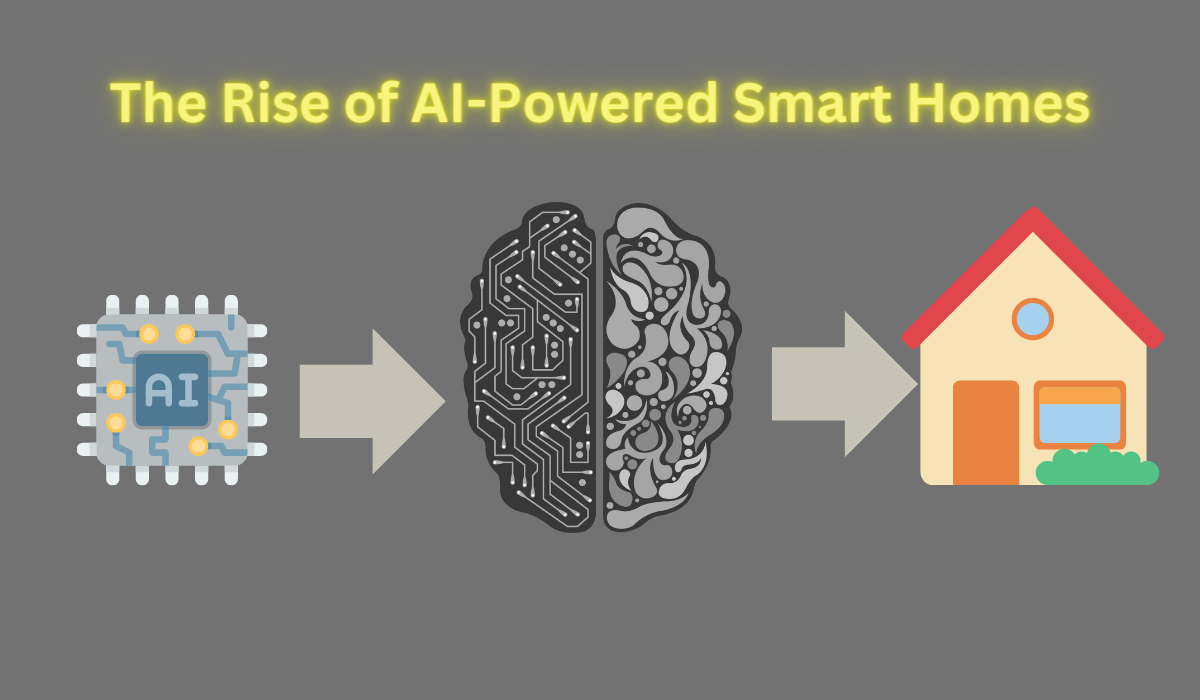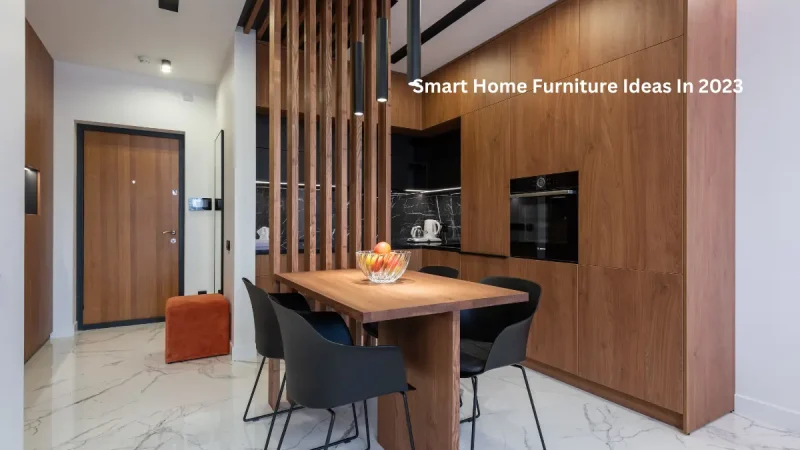The Rise of AI-Powered Smart Homes

The world is rapidly becoming more connected, with technology now embedded into nearly every aspect of our lives. One area that has seen significant growth in recent years is smart home technology. Smart homes are houses that are equipped with various devices and appliances that can be controlled remotely, often using a smartphone app or voice commands. These devices are designed to make our lives easier and more convenient by automating various tasks and allowing us to control our homes from anywhere. One key component of many smart homes is artificial intelligence (AI) technology, which enables devices to learn our preferences and adjust accordingly.
What is AI technology?
Artificial intelligence (AI) technology is a field of computer science that focuses on creating machines that can perform tasks that typically require human intelligence, such as learning, reasoning, and problem-solving. AI is used in a wide range of applications, from self-driving cars to voice assistants like Siri and Alexa. In the context of smart homes, AI technology is used to enable devices to learn our preferences and adjust accordingly. For example, a smart thermostat may learn our preferred temperature settings and adjust them automatically based on our habits and routines.
How does AI technology work in smart homes?
In a smart home, AI technology is used to enable devices to learn and adapt to our preferences. This is typically done through machine learning algorithms, which allow devices to analyze data and make predictions based on patterns they identify. For example, a smart lighting system may use machine learning algorithms to learn when we typically turn our lights on and off and adjust the lighting accordingly. Over time, the system may learn to anticipate our needs and adjust the lighting automatically.
Examples of AI technology in smart homes
There are many examples of AI technology in smart homes, ranging from smart thermostats to voice assistants. One popular example is the Nest Learning Thermostat, which uses machine learning algorithms to learn our preferred temperature settings and adjust them automatically. Another example is the Amazon Echo, which uses natural language processing to understand our voice commands and respond accordingly. Other examples of AI technology in smart homes include smart locks, security cameras, and smart lighting systems.
Benefits of AI technology in smart homes
There are many benefits to using AI technology in smart homes. One of the main benefits is convenience – by automating various tasks, smart homes can make our lives easier and more convenient. For example, a smart thermostat can adjust the temperature automatically based on our preferences, so we don’t have to manually adjust it ourselves. Another benefit is energy savings – by optimizing various systems in our homes, such as lighting and heating, smart homes can help us save money on our energy bills. Additionally, AI technology can improve our safety and security by allowing us to monitor our homes remotely and receive alerts if there are any issues.
- Improved comfort and convenience: AI technology can help create a more comfortable living environment by automatically adjusting heating, cooling, and lighting systems based on our preferences. Smart home devices can also automate routine tasks like turning on the coffee maker in the morning or adjusting the blinds at night.
- Increased safety and security: Smart homes equipped with AI technology can enhance safety and security by providing remote monitoring and alerts. For example, a smart security camera can send alerts to our phone if it detects unusual activity in or around our home, giving us the ability to take action even when we’re away.
- Enhanced energy efficiency: By using AI technology to optimize various systems in our homes, such as lighting and heating, we can save energy and reduce our carbon footprint. Smart homes can also help us save money on our energy bills by automatically turning off lights and appliances when they’re not in use.
- Improved accessibility: For people with disabilities or mobility issues, smart home technology can be a game-changer. With AI technology, devices can be controlled using voice commands or a smartphone app, allowing people to easily control their homes without the need for physical interaction.
- Better health and well-being: AI technology can be used to monitor and track various aspects of our health and well-being, such as our sleep patterns or activity levels. This information can be used to make adjustments to our environment, such as adjusting the temperature or lighting, to help improve our overall health and well-being.
Conclusion:
In conclusion, smart homes are becoming increasingly popular, with AI technology playing a key role in their functionality. AI technology allows devices to learn our preferences and adjust accordingly, making our lives more convenient and efficient. With the many benefits of smart homes, it’s no surprise that they are becoming more and more common. As technology continues to evolve, we can expect to see even more advanced smart home systems that use AI technology to provide even greater convenience and efficiency.






